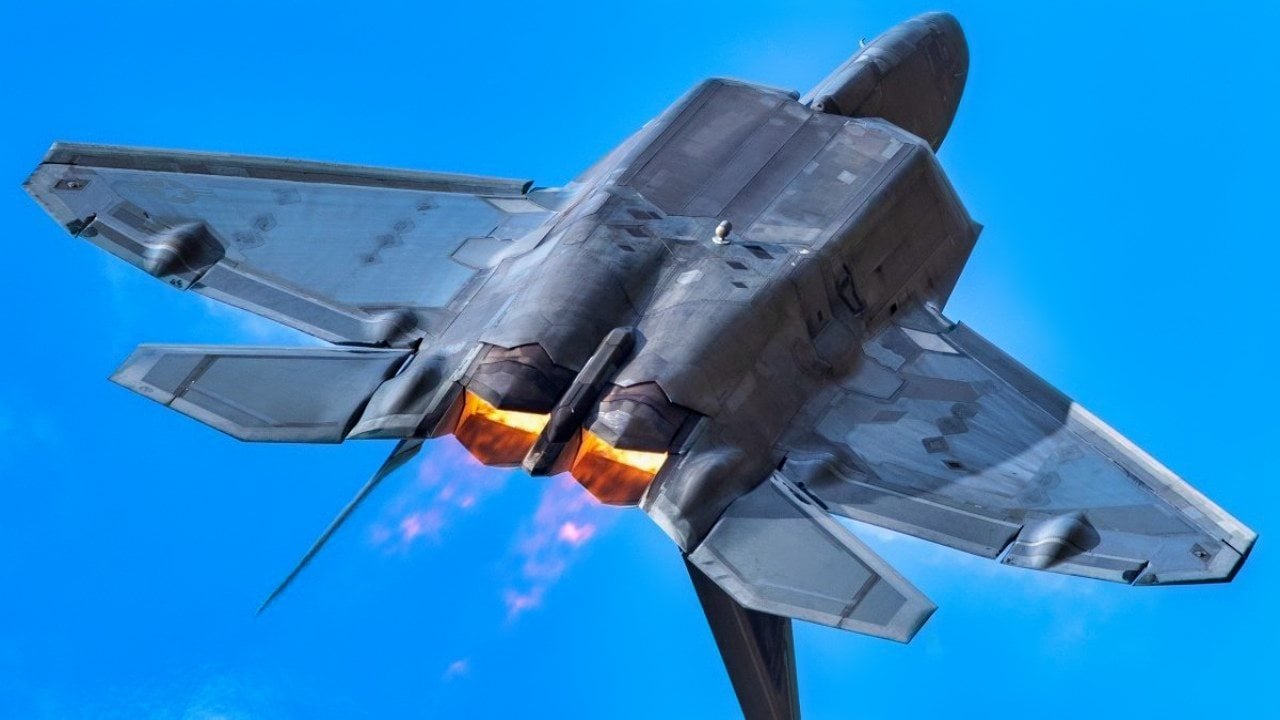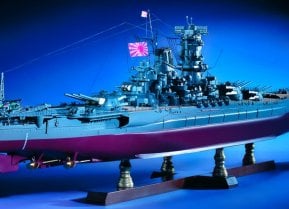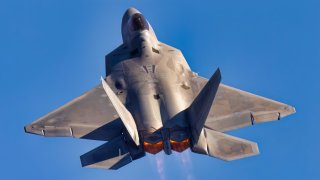The U.S. Air Force F-22 Raptor's Achilles Heel
The F-22 Raptor, the U.S.'s unparalleled air superiority fighter, saw its production halted at 187 units due to various factors, including its prolonged development period that outlasted its Soviet counterpart and economic constraints heightened by concurrent wars and the 2008 recession
Summary: The F-22 Raptor, the U.S.'s unparalleled air superiority fighter, saw its production halted at 187 units due to various factors, including its prolonged development period that outlasted its Soviet counterpart and economic constraints heightened by concurrent wars and the 2008 recession. Originally intended to replace the F-15C Eagle, its cost escalated from an estimated $35 million per plane to a program total of $26.2 billion. The changing geopolitical landscape and financial pressures from ongoing conflicts and economic downturns led to its premature cessation, despite the resurgence of peer competitors like China and Russia, challenging the decision's foresight.
The Rise and Abrupt Fall of the F-22 Raptor: A Tale of Timing and Turbulence
In the late 1990s, the United States was at a post–Cold War apex as an aviation juggernaut. Not only did it have the largest fleet of combat aircraft in the world, it was also producing the only fifth-generation fighter in existence: the F-22 Raptor. By 2009, the U.S. government had turned against the fighter, and only 187 were produced. What happened to the F-22 program, and why?
There’s little doubt the F-22 Raptor is the greatest air superiority fighter of its time. The problem was that the fighter’s development went on for so long that its primary adversary, the Soviet air force, went out of business.
The F-22 also collided with current events, as the economic demands of wars in Iraq and Afghanistan and the lack of a peer adversary made a $300 million fighter plane, in the view of government officials at the time, an unsustainable cost. An economic recession—nearly a depression—that began in 2008 and only ended in 2010 was clearly another reason.
The Raptor Rises (And Falls)
The F-22 Raptor’s story begins in the early 1980s. Eager to maintain America’s edge in air superiority fighters, the U.S. Air Force began looking for a replacement for the F-15C Eagle. In 1990, a fly-off between the Northrop YF-23 and the Lockheed Martin YF-22 resulted in the service choosing the YF-22, later renamed the F-22 Raptor, as a future cornerstone of American air power.
Early on, the U.S. Air Force believed that 750 of the new fighters would cost approximately $26.2 billion (at $35 million per plane). By 1990, with the Cold War virtually over, the George H. W. Bush administration trimmed the buy to 648 aircraft. By 1997 that number dropped again to 339, and by 2003 the number had been trimmed again to 277. In 2009, that number was cut again to 187, plus eight testing and development aircraft, and the production line was terminated.
The program’s path to deployment was a long one, too. The Advanced Tactical Fighter project, which begat the F-22 Raptor, began in 1981. The Raptor’s first flight was in 1990, and the aircraft achieved initial operating capability in 2005. By comparison, the F-15 Eagle went from design selection to first flight in seven years, from 1965 to 1972, and achieved initial operating capability in 1976.
In other words, the F-22 took more than twice as long to develop than the F-15. During that time the Soviet Union went from competing superpower to the dustheap, dissolving in 1991. The mighty Soviet Air Force was broken up among the surviving republics and fighter development in the newly formed countries was restricted to upgrading existing designs, such as the MiG-29 and Su-30. Few in number and flown by pilots with minimal flight hours during the lean economic years of the 1990s, they presented no compelling reason to rush the F-22. The F-22 also gained an air-to-ground capability during this time, extending its usefulness.
The F-22 was also a victim of the wars in Iraq and Afghanistan. The immense cost of supporting two low-intensity conflict wars simultaneously made expenses for fighting a peer competitor—who didn’t actually exist at the time—difficult to justify. The F-22, which was not deployed to Iraq or Afghanistan, was frequently depicted as in a budget battle against weapon systems vital for the wars the United States was actually fighting. The F-22 was, fairly or not, often depicted as a program funded at the expense of the Mine-Resistant Ambush Protected vehicles that saved ground troops in Iraq and Afghanistan from the dangers of improvised explosive devices.
The lengthy development period also put the F-22 in indirect competition with the F-35 Joint Strike Fighter. Although different aircraft designed for different roles, the F-35 was a cheaper aircraft with similar—and in some cases greater—capabilities than the F-22, and it apparently played a role in Defense Secretary Robert Gates recommending F-22 termination. As Gates did so, he recommended accelerating the F-35 program instead. Gates predicted that the United States would have 1,700 F-35s by 2025—a number that, given the cost overruns and delays of the controversial program, the Pentagon is unlikely to meet.
Finally, in 2008, the United States entered the worst economic crisis since the Great Depression, with GDP tumbling a staggering 8 percent in 2009, the year the decision was made to halt F-22 production. The recession would last until 2010, and the recovery is still arguably ongoing. This added to pressures to concentrate on immediate threats and put off investments in big-power warfare, something that in 2009 seemed a far-off prospect.
Did America Make a Giant Mistake?
Years after the termination of the F-22 program, with the benefit of hindsight, the verdict of history is mixed. On one hand, termination cleared the way for other, more immediately pressing tactical programs to be funded. Lives were undoubtedly saved by diverting billions to MRAP production.

On the other hand the world has changed once again in the intervening years, and the Chinese and Russian Air Forces are in both in the midst of their own extensive modernization efforts, just as both countries grow more aggressive on the world stage.
The F-22 Raptor was done in by a number of factors, but perhaps the underlying reason was the program dragged on for so long it was exposed to greater risk of being undercut by current events. The F-22 wasn’t the first wonder weapon to face an early end, and it won’t be the last.
About the Author: Kyle Mizokami
Kyle Mizokami is a defense and national-security writer based in San Francisco who has appeared in the Diplomat, Foreign Policy, War is Boring and the Daily Beast. In 2009 he cofounded the defense and security blog Japan Security Watch.


